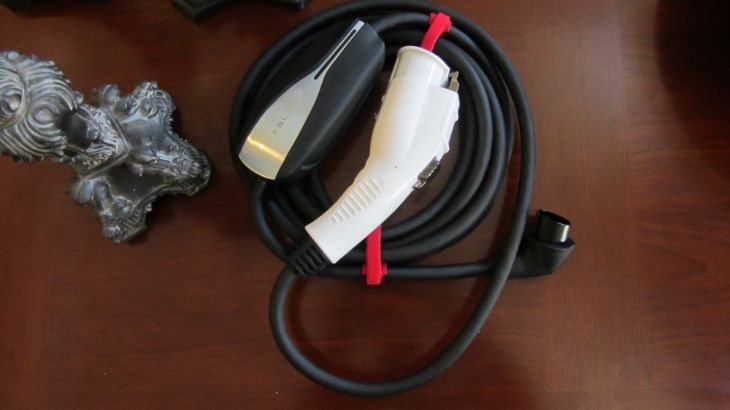I have one that my Microwave oven/range hood is plugged into. My home is fairly modern... built in 1989 or so...
The benefit of it would be for folks who have an old home with most of the panel capacity used up... I would think most of them could get a 240v16Amp to squeeze in if that were available.... Or unplug their dryer at night and plug in there.
The benefit of it would be for folks who have an old home with most of the panel capacity used up... I would think most of them could get a 240v16Amp to squeeze in if that were available.... Or unplug their dryer at night and plug in there.








